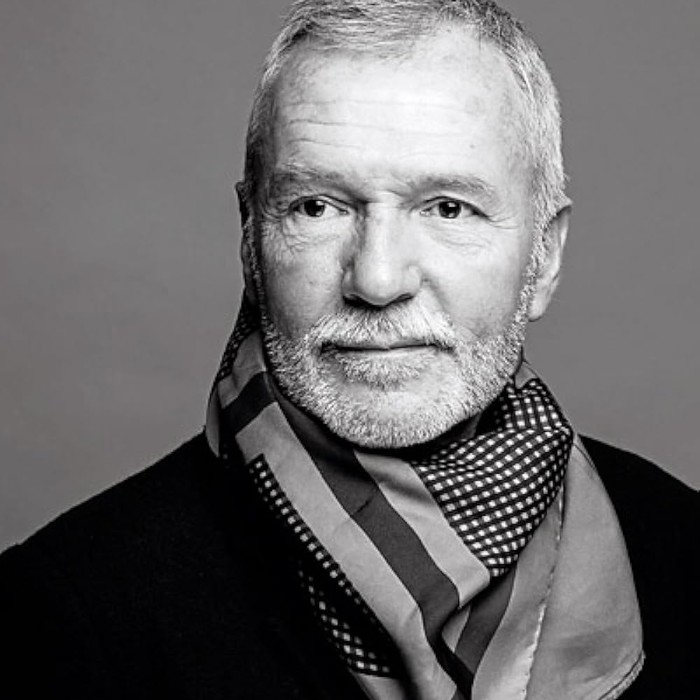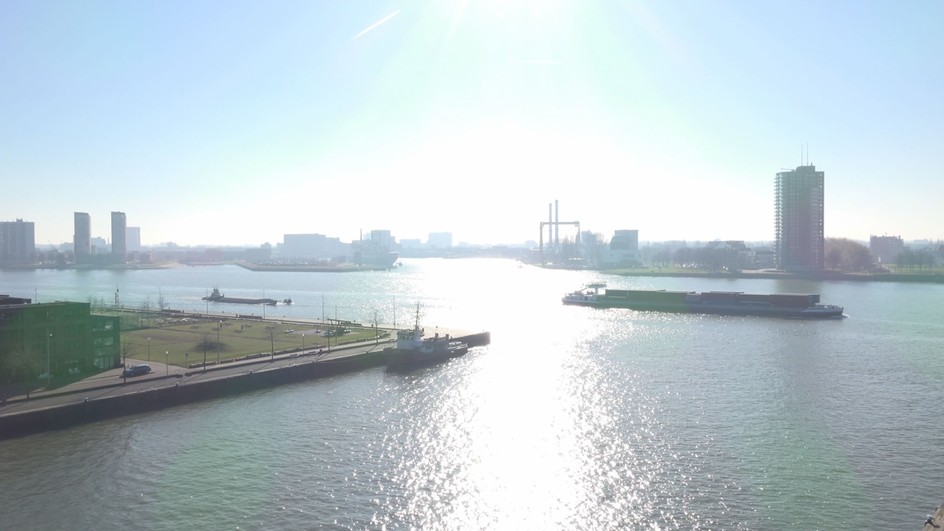
Visiting artist professor
2014 - 2015
Vincent Dieutre
Born in 1960 in Rouen (France)
A former student at IDHEC and winner of the Villa Médicis Hors les Murs scholarship, Vincent Dieutre lived in New York and Rome before devoting himself to directing. Fascinated by the relationship between cinema and contemporary art, he has attempted to redefine it in his critical writings (La Lettre du Cinéma, Politis, Mixt(e)), in the courses he has given in the Cinema department at Paris VIII and at Femis, and in his lectures at other art schools in France and abroad. Since 1997 he has continued to host PointLignePlan screenings at Femis.
Since Lettres de Berlin (1988), Vincent Dieutre has explored the limits of documentary and autofiction as a filmmaker. His first two feature films, Rome désolée (1996) and Leçons de ténèbres (2000), affirmed his first-person cinema. Les Films d'Europe, his cycle of feature films (Leçons de Ténèbres, Mon Voyage d'Hiver) were a huge success with both critics and audiences. In 2001, for Arte's "Lucarne", he made Bonne Nouvelle, an urban meditation on his neighbourhood, and for GREC, Entering indifference, an artistic manifesto in the form of a filmed letter (Director's Fortnight, Cannes 2001). In 2002, L'Atelier de Création Radiophonique commissioned his first sound piece, Bologna Centrale, which became a film and then an installation, inaugurating his work as a visual artist, which he continues to this day (latest installation to date: Sakis: Un Tombeau) with performances and Exercises d'Admirations (EA1 with Naomi Kawase, EA2 around Jean Eustache, etc).
His work as a filmmaker continues to be shown at major international festivals and in cinemas. It is already available in its entirety on DVD, and is regularly broadcast on Arte and cable. His film Jaurès (creative documentary) l won a Teddy Award at the 2012 Berlinale and the German critics' Caligari Prize. Vincent Dieutre is preparing the theatrical release of Orlando Ferito (the Sicilian section of Films d'Europe, which won awards in Naples, Rome and Milan) ...
"And thus the space opened, much to our incredulity. It still smelled of paint, and visitors got lost in the maze that was this magnificent building site with the badges allowing a somewhat erratic access to the buildings. But one thing was now irreversible: from now on, Le Fresnoy - Studio National des Arts Contemporains would be a force to be reckoned with! It was predicted that this new space would be the "Villa Medici amidst miners' cottages," we babbled about a birthplace of new possibilities, a school and a laboratory where film, video, installation, online digital art, dance, architecture and literature would weave together. In short, our ambition was huge, prolific, and we were at the forefront, at once the suspicious and curious guinea pigs of an unprecedented educational and artistic experience. The first students were there, somewhat defensive, carefully half opening the basement windows, allowing them to contemplate from the depths of the familiar sadness of a rather forgotten North, the landscape of a rapidly changing globalized art world. They came from all over, and certain personalities gradually asserted themselves: Laurent Grasso, Anri Sala, Christelle Lheureux, Julien Loustau.*
And now some fifteen or so years later, I once again find myself on board the ship that has become a long haul vessel. Disciplinary exploration and the mastery of digital technologies by artists are now second nature. As a school, and as a space of exhibition and production, Le Fresnoy has shown what it is capable of: what once seemed an improbable and vague heterotopia has become a reference of its genre that is copied the world over. Some students have become stars, others exceptional teachers.
I too, have made my way in life, in the world of cinema, but I have always remembered this duty to calling into question and this openness to a renewal of forms that characterizes Le Fresnoy. If I am wary of the status of teacher, that of guest artist-teacher suits me rather well. Especially since the challenge is twofold: to support students in their projects, their doubts, their references, but also to make something here, something which I could not do elsewhere. The challenge is redoubled, the desire also.
To immerse myself in new imaginary worlds, to discover practices and tastes that are not my own, but which I will have to admittedly consider. As any seasoned artist knows: such an experience is as necessary to the "student" as it is to the "master" (to be boldly old-fashioned), especially in our age of permanent aesthetic revolution.
The other challenge is to come up with a cinematic objet best suited to taking advantage of the technical possibilities, the undeniable expertise of those who work here, and the new energy of the students.
In my suitcase, a trilogy of short forms, three syncopated texts in the form of unfinished Internet "chats," three films set somewhere in the North, this ultra-urbanized territory, fully connected to the rest of the world, a Flat-Country whose only relief is provided by the ups and downs of shifting figures. I always envisaged this project in the vicinity of Tschumi's Le Fresnoy, or the Rotterdam of Koolhaas, the Brussels of Ann Veronica Jensen, or the Flanders of Alain Platel. The invitation from the Studio National des Arts Contemporains ultimately requires me to raise the bar even higher, both in terms of the digital research on the image, fades, saturation or deletion, and in terms of the quasi-musical work on sound and voices, in other words using the sound environment as melodic material.
The extremely precarious, vulnerable production of independent film often strips us of this time of experimentation, research, mistakes and regrets, and I have often resorted to resolutely classical or conventional film codes or language in an attempt to convey the complexity of today. The prospect of working at Le Fresnoy, in the patience of a collective laboratory, in an effort to learn as much as to teach, surrounded by the challenging luxury of the most cutting-edge technology, sparkles like a promise in the increasing difficulties of our profession. The year will be a glorious one."
*(who already wrote a splendid text on his "desire" for Le Fresnoy for La Lettre du Cinéma)

